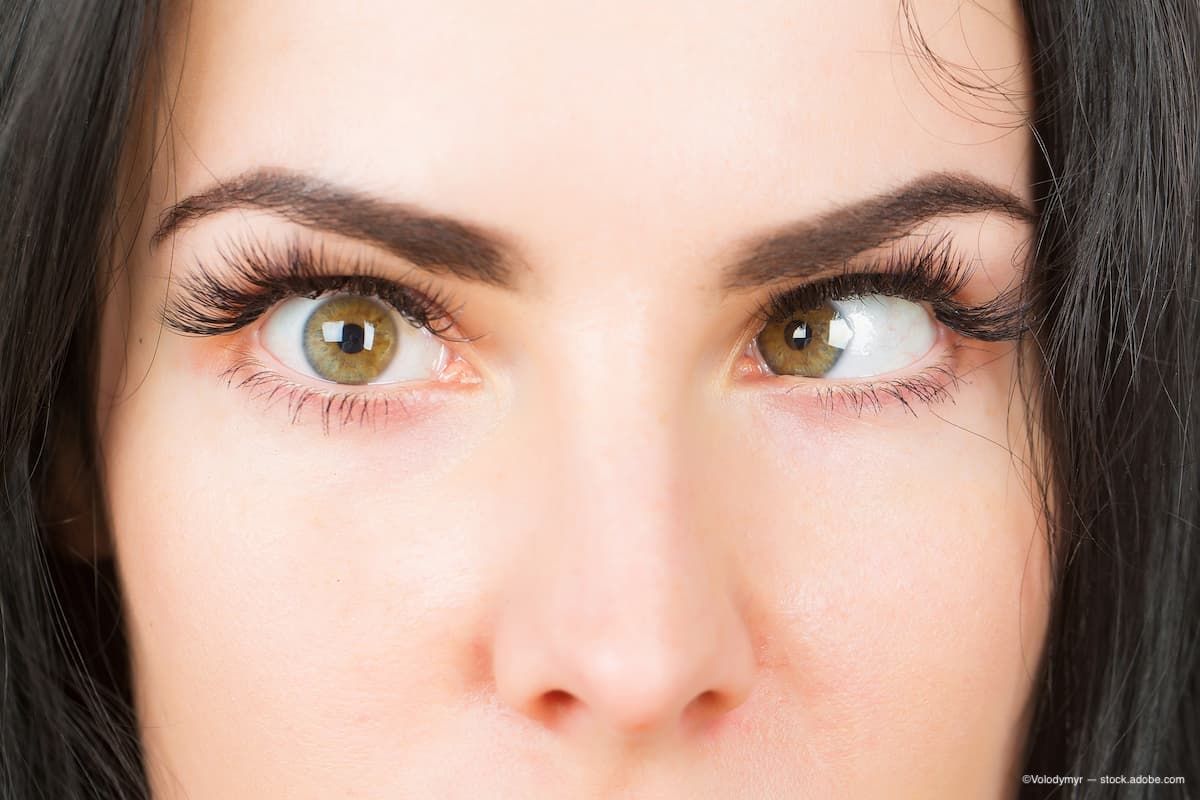Article
Botulinum toxin injections offer an alternative to extraocular muscle surgery for comitant esotropia
Author(s):
According to researchers, the treatment with botulinum toxin is safe, fast-acting, and improves both cosmetic appearance and quality of life, and could be considered as a choice for patients not opting for surgery.
The botulinum toxin injection was not as effective as the surgery, but the injection may be an option for patients who want to avoid surgery. (Image Credit: Adobe Stock/Volodymyr)

Thai investigators led by first author Sirinua Siwammaraj, MD, compared the success rate of extraocular muscle surgery with that of botulinum toxin injection to treat patients with acute acquired comitant esotropia, and while the injection was not as effective as the surgery, the injection may be an option for patients who want to avoid surgery.1
The team of investigators, from the Khon Kaen University Eye Center, Department of Ophthalmology, Faculty of Medicine at Khon Kaen University in Khon Kaen, Thailand, compared the outcomes of the 2 procedures in a retrospective cohort study in which 34 patients were treated with botulinum toxin injection and 80 with surgery.
The data included the angle of deviation in prism diopters (PDs) at baseline and 1, 3, and 6 months after treatment. The main outcome measure was the success rate for each treatment.
In the group treated surgically, the mean esodeviation angles at baseline and 1, 3, and 6 months postoperatively were 50.8 ± 18.3, 4.9 ± 8.3, 4.6 ± 9.5, and 5.5 ± 10.3 PD, compared with those in the injection group, 51.2 ± 14.3, 13.9 ± 17.4, 22.0 ± 19.3, and 31.3 ± 23.8 PD, respectively.
The differences between the 2 groups reached significance (p < 0.001). The success rates in the surgical group at 1, 3, and 6 months were 81%, 84%, and 79%, in contrast to the injection group, 50%, 27%, and 27%.
“Botulinum toxin injection was not as effective as conventional extraocular muscle surgery in patients with acute acquired comitant esotropia,” the investigators concluded. “However, the treatment with botulinum toxin is safe, fast-acting, and improves both cosmetic appearance and quality of life. This may be considered as a choice for patients not opting for surgery.”
Reference:
Suwannaraj S, Rojanasaksothron C, Methapisittikul T, Wongwai P, Yospaiboon Y. Botulinum toxin injection versus extraocular muscle surgery for acute acquired comitantesotropia. Clin Ophthalmol. 2023;17:413-20; Published online January 30, 2023.
Newsletter
Don’t miss out—get Ophthalmology Times updates on the latest clinical advancements and expert interviews, straight to your inbox.





